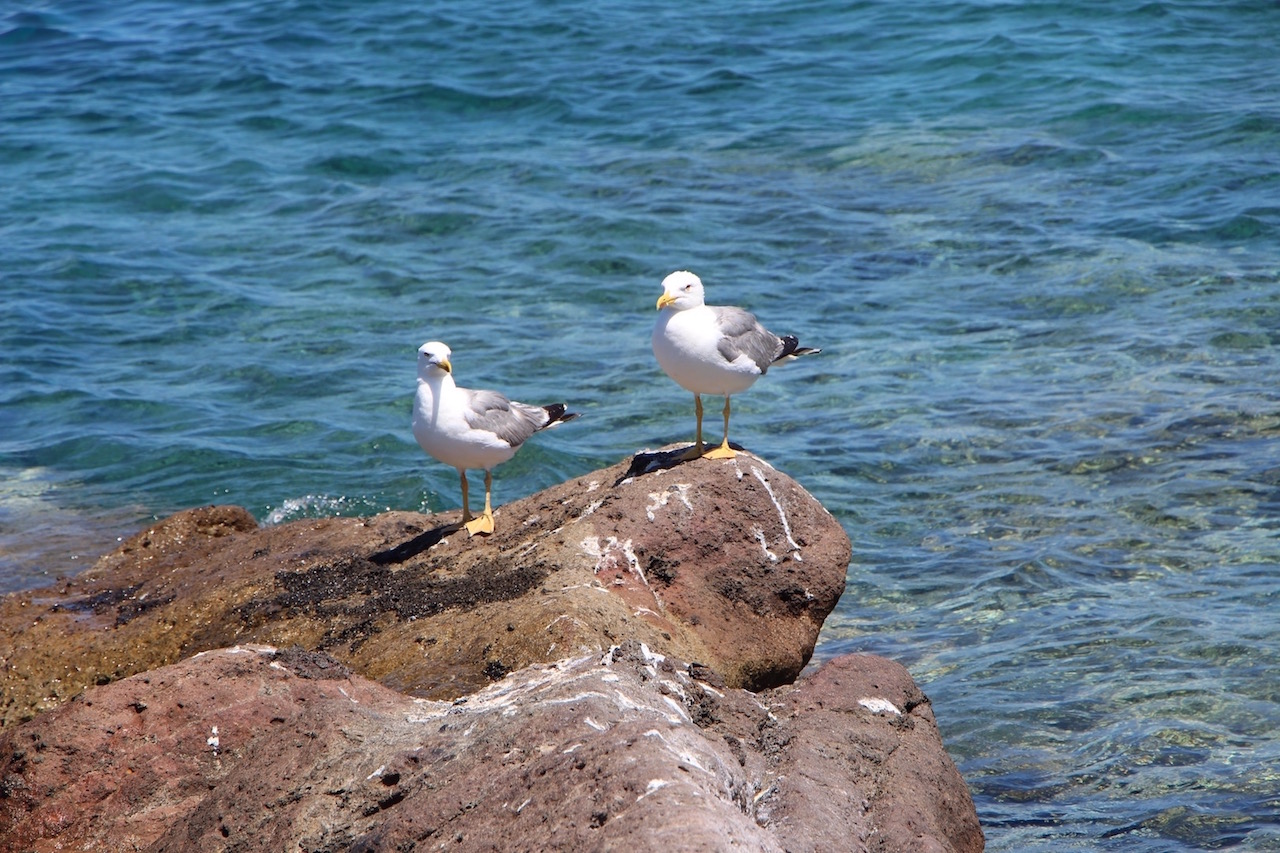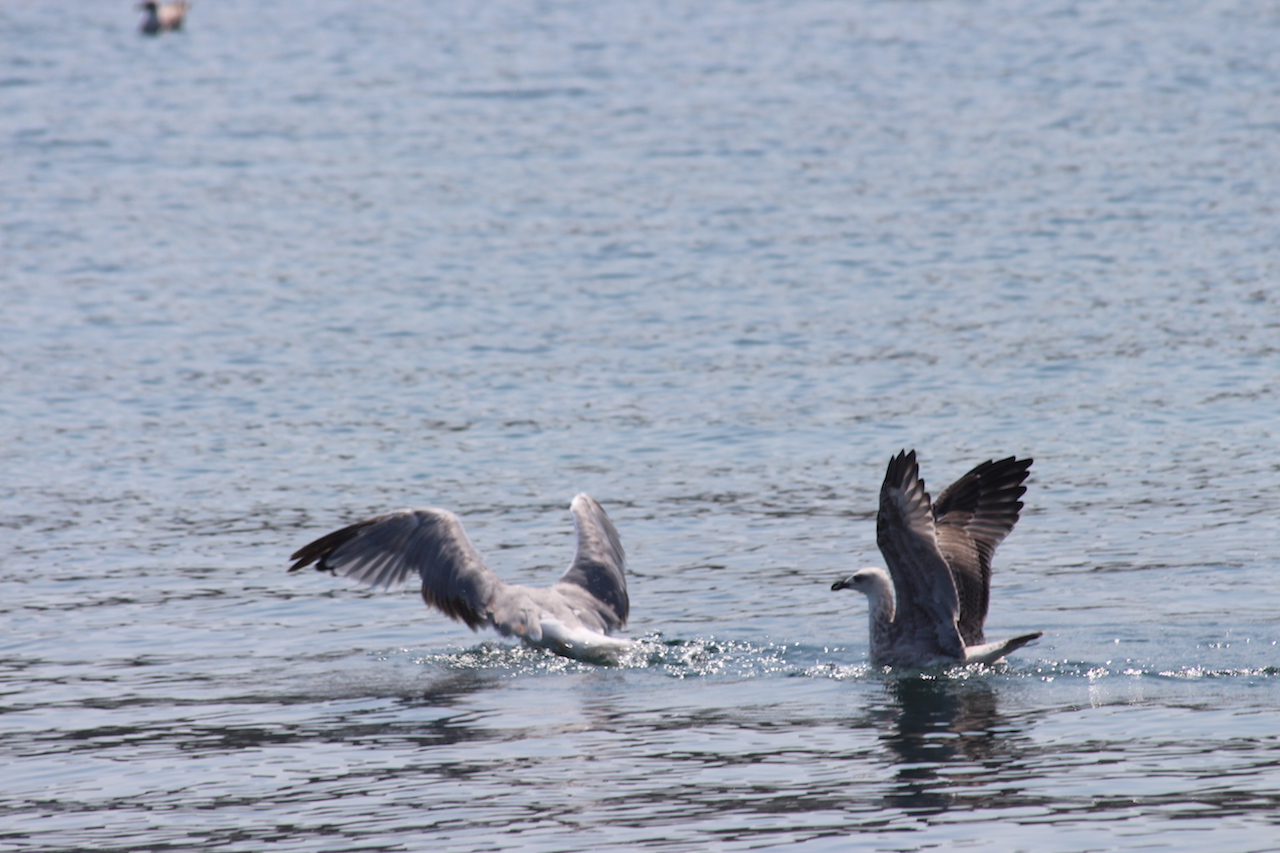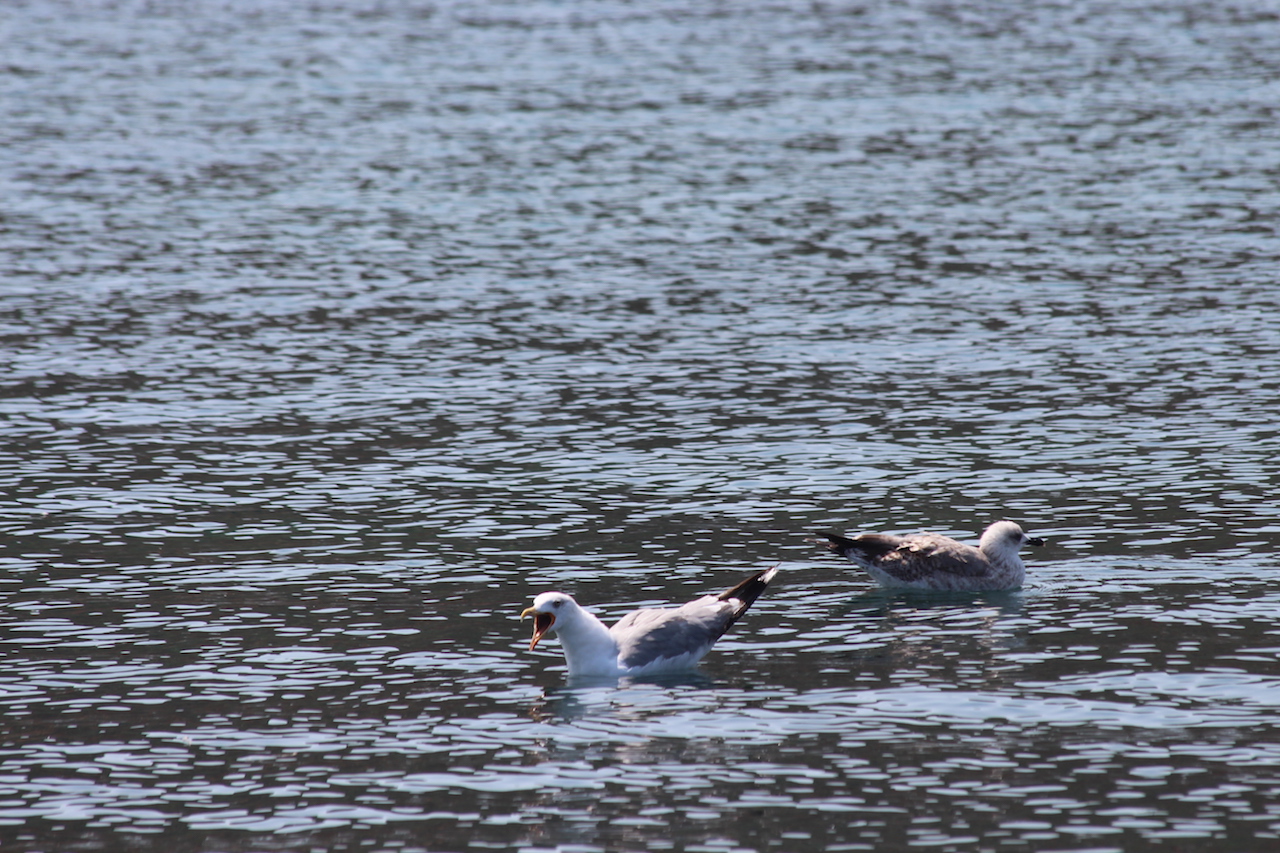Soaring in the sky, plunging into the Aegean sea to get hold of some fresh fish, following the odd “kaiki”, alone or in flocks, these seabirds can be found on nearly all the seashores and the ports of the island of Kos. These specific pictures were taken in Kardamena, Mastichari and Limnionas (Kefalos)….


























